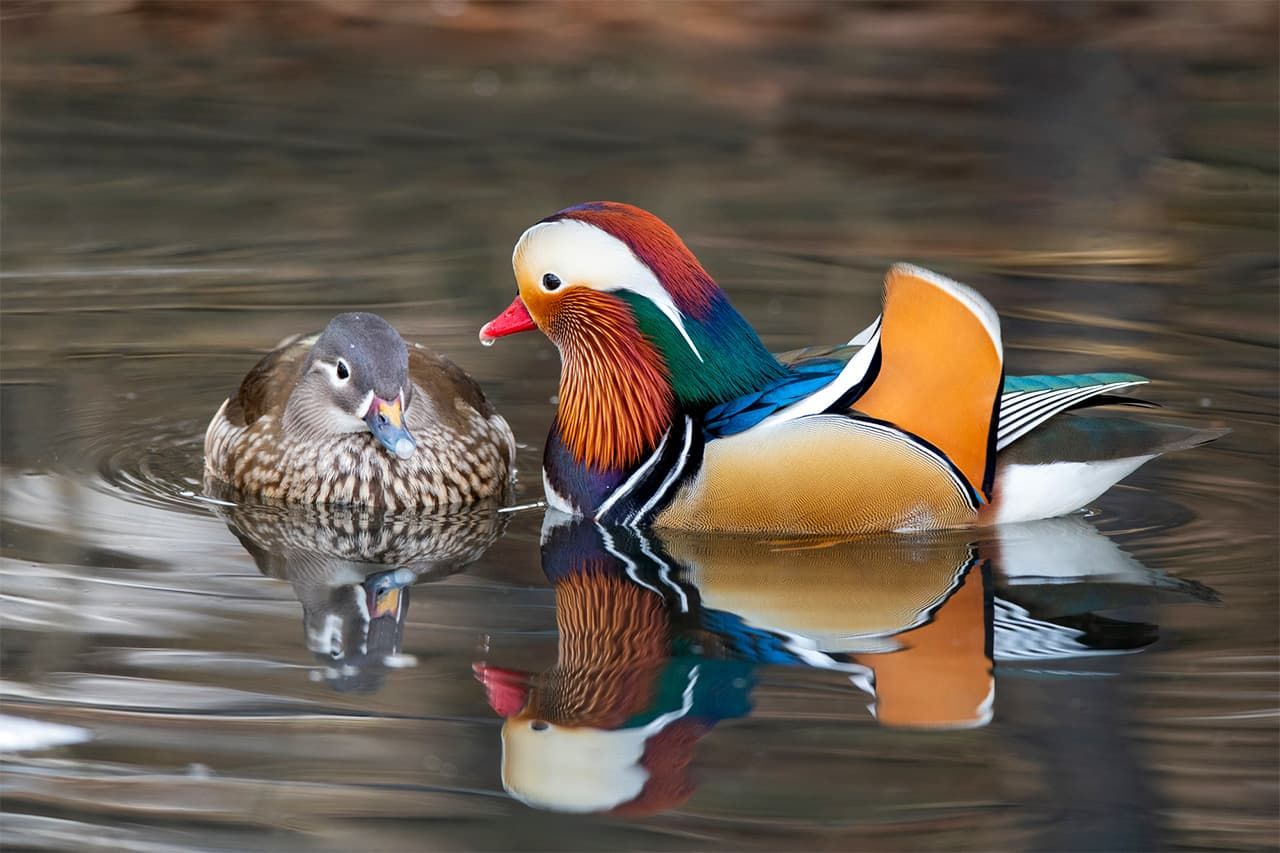
Shōsetsu (Lesser Snow)
Culture Lifestyle Environment History- English
- 日本語
- 简体字
- 繁體字
- Français
- Español
- العربية
- Русский
This season when snow is beginning to fall is known as Shōsetsu (Lesser Snow). It begins around November 22 in the modern calendar. Japan’s atmospheric pressure forecast map is characterized by high pressure systems to the west and easterly low-pressure systems. On the plains, fallen ginkgo and maple leaves blow about, creating a vibrant autumnal carpet.
In the traditional calendar, the twelfth month was called Shiwasu, indicating the month when priests run around making preparations for offering up sutras at the end of the year.
This article will look at events and natural phenomena in the period roughly from November 22 to December 6.
Kazahana (Snow Flurry)
Kazahana, which literally means “wind flower,” is a term describing snow fluttering down, blown by the winds on a clear early winter day. It is a season word for winter.
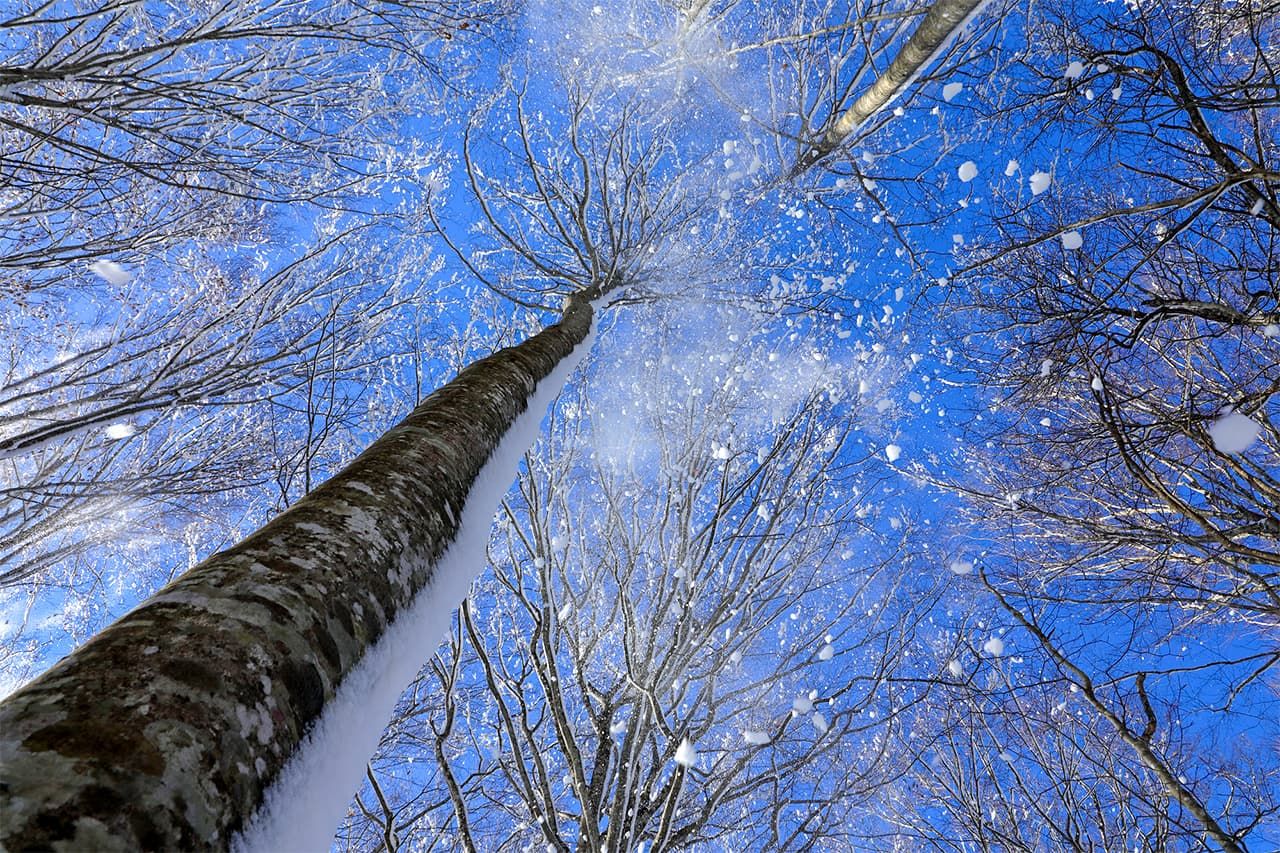
A kazahana in a Japanese beech grove. (© Pixta)
Niinamesai and Labor Thanksgiving Day (November 23)
Niinamesai is a rite where the emperor makes a ceremonial offering of newly harvested rice to the gods, before eating the rice himself to express thanks and to pray for a bumper crop in the following year. Ceremonies are conducted both in the imperial court and at shrines across Japan.
Niinamesai was traditionally held at the time of the winter solstice (around December 22), but since the adoption of the solar calendar in 1872, it takes place on November 23, which has also been designated as Labor Thanksgiving Day since 1948.
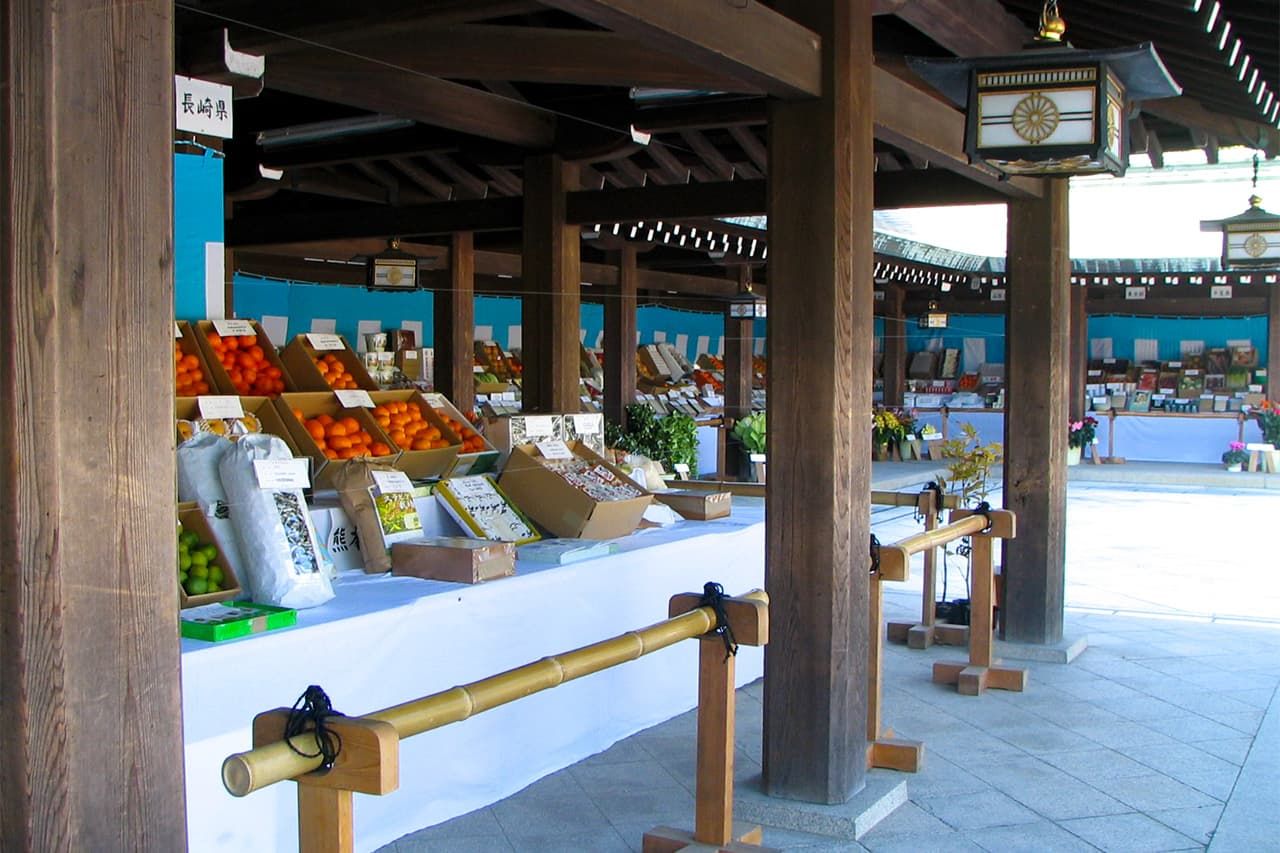
Freshly harvested crops are presented at Meiji Shrine in Tokyo. (© Pixta)
Washoku (Japanese Cuisine) Day (November 24)
Washoku Japan, a national body for promoting Japanese cuisine (washoku) and culinary culture, designated November 24 as Washoku Day. In December 2013, the United Nations Educational, Scientific and Cultural Organization inscribed washoku, the “traditional dietary cultures of the Japanese,” on its Representative List of the Intangible Cultural Heritage of Humanity. Washoku Japan highlights four significant characteristics of Japanese cuisine: respect for the variety of fresh ingredients and their inherent flavors; a nutritious balance based on a meal of soup, rice, and three dishes to support healthy living; expression and enjoyment of the beauty of nature and the changing seasons; and the intimate relationship with annual events such as New Year.
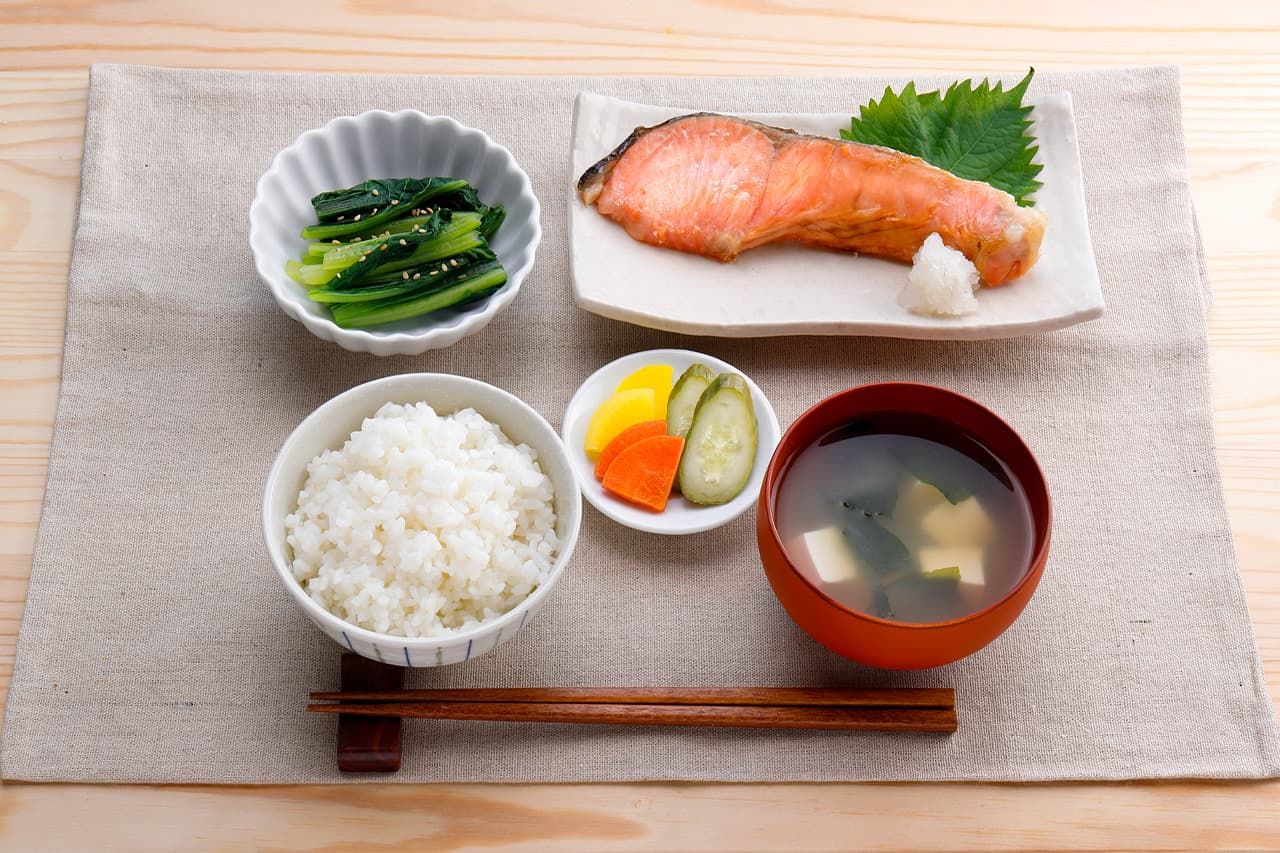
A typical Japanese meal of soup, rice, and three dishes. (© Pixta)
Mandarin Ducks
Mandarin ducks have long been considered a symbol of a happily married couple, as seen in the phrase oshidori fūfu (mandarin duck husband and wife). During their breeding season from winter to early summer, the male duck develops a brilliant orange plumage. The rest of the year, it shares the subdued coloring of the female. The pair only stays together a short while—once the hen lays her eggs, the male departs to seek another partner. But before the hen lays her eggs, the male stays with her to fend off other males. This behavior is said to be the reason why the ducks are considered the epitome of a happy couple.
Chichibu Night Festival (December 2–3)
This annual festival takes place at the main shrine of Chichibu, in western Saitama Prefecture. It is counted among Japan’s three great float parade festivals, along with Kyoto’s Gion Matsuri and Gifu’s Hidatakayama Matsuri. The festival-eve vigil takes place on December 2, with the main event staged the next day.
During the event, which has a history dating back over 300 years, six enormous floats are paraded around the city. Two of the floats feature a kasaboko, a decorative combination of a halberd and an “umbrella” of lights. The dances performed on the floats and to accompany the festival are designated as an important intangible folk-cultural property. A major drawcard of the event is the fireworks display staged at the climax.
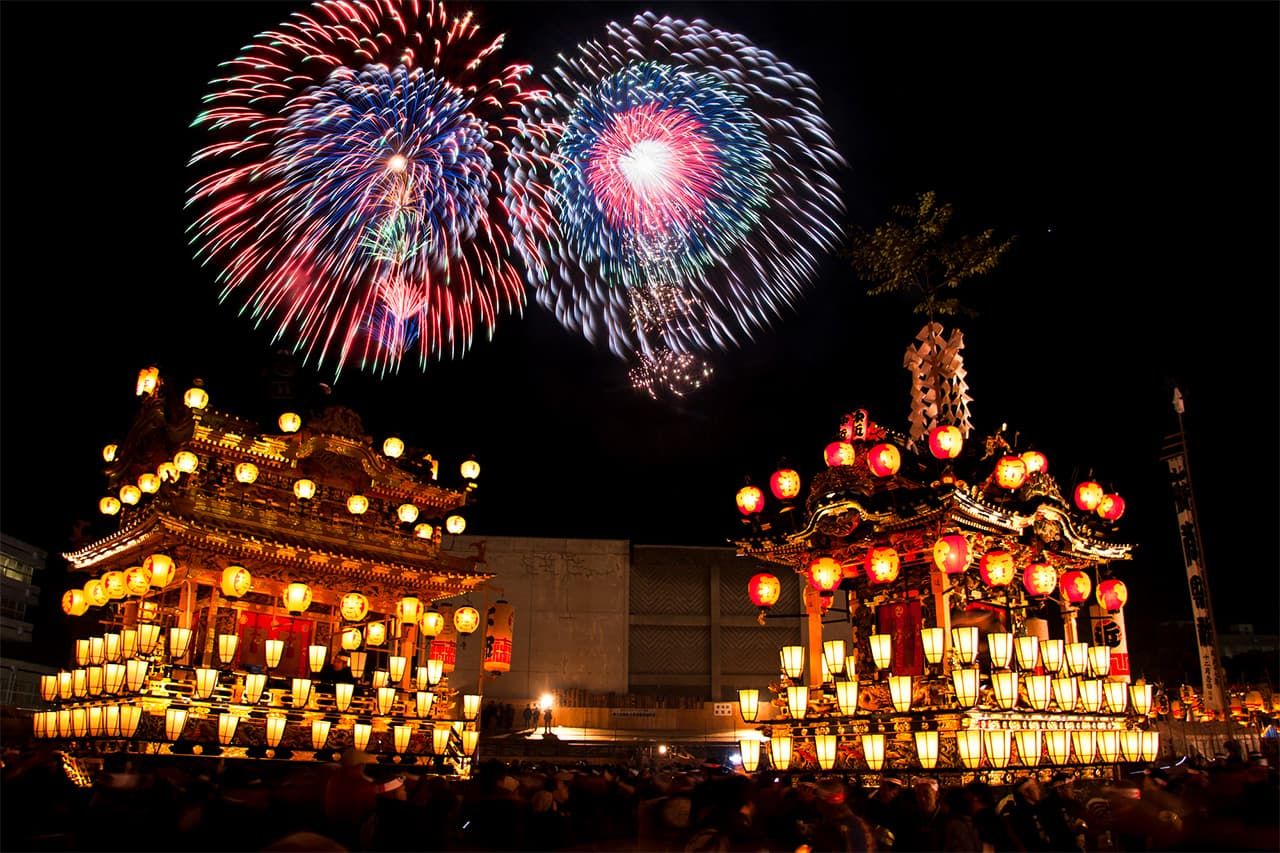
Dashi (floats) and fireworks at the Chichibu Night Festival. (© Pixta)
Nengajō (New Years’ Cards)
Around this time, nengajō or New Year’s cards (typically postcards) are prominently displayed in stores as people prepare for the turn of the year. The tradition of exchanging such greetings dates back to the Heian period. The poet and scholar Fujiwara no Akihira (987–1066) wrote a series of sample texts to use in nengajō, and examples of New Years’ greetings written by samurai in the Warring States period (1467–1568) have been preserved. The practice of sending New Year greetings proliferated in the Edo period with the introduction of hikyaku couriers. Recently, fewer nengajō are being sent each year as more people switch to sending online greetings.
Where there has been a death in the family during that year, people send mochū-hagaki, or “mourning postcards,” to request that people refrain from sending them celebratory nengajō that year. These are sent well ahead of New Year, typically in November or early December.
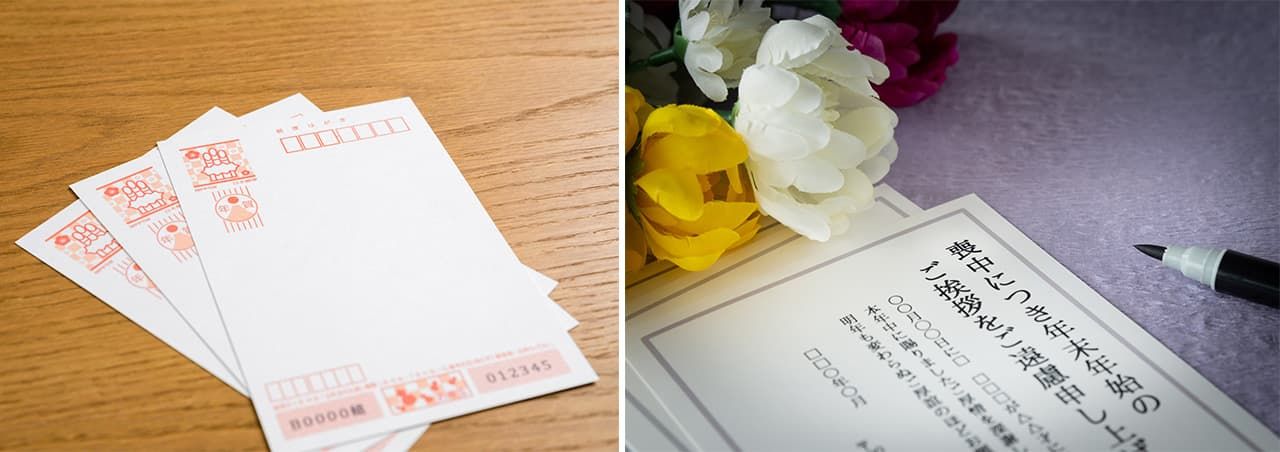
New Years’ postcards (left) and mochū-hagaki mourning postcards. (© Pixta)
Kairo
From the late Heian period (794–1185) to the early Edo period (1603–1868), people heated small stones in their fireplaces and wrapped them in silk wadding or cloth to carry around for added warmth in the winter. Today, disposable heating packs known as kairo serve the same purpose, and come in a variety of shapes and sizes.
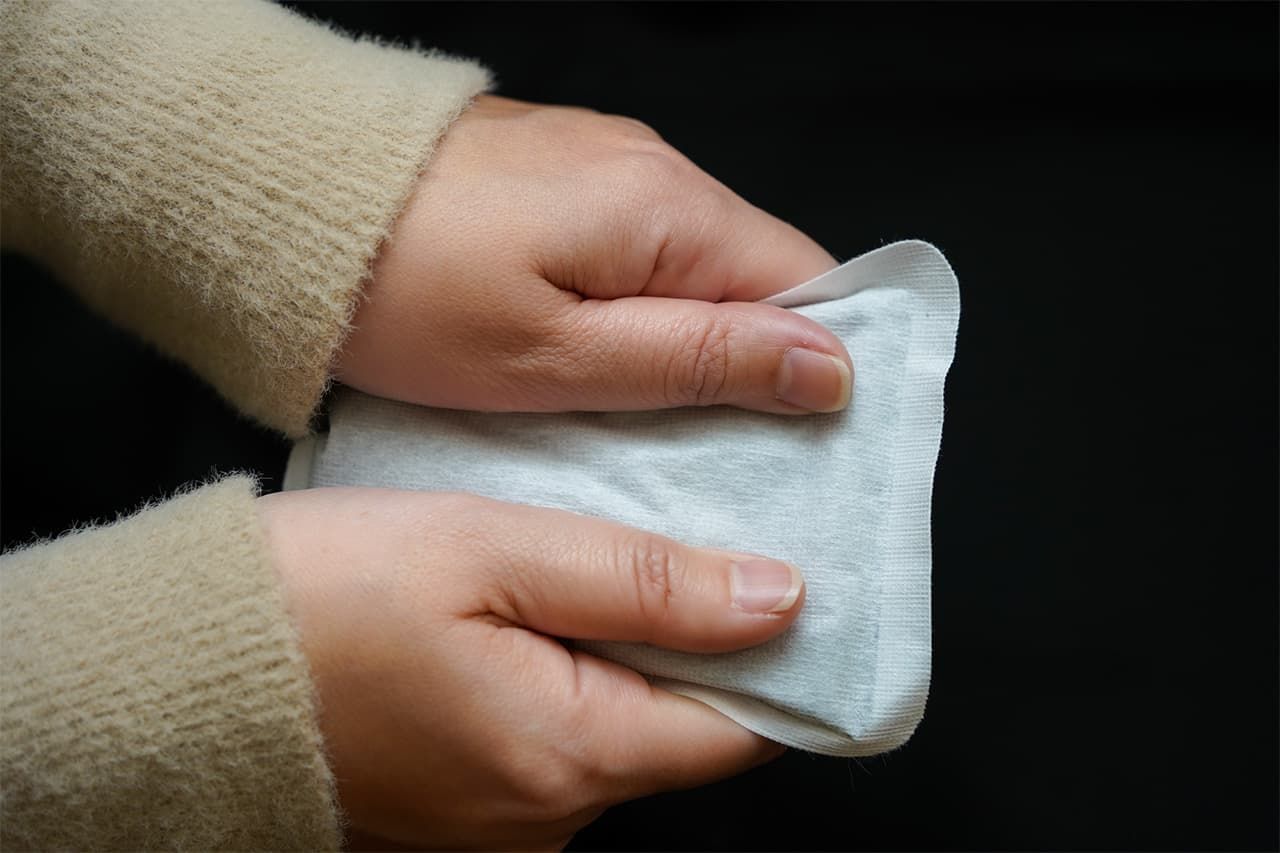
Kairo disposable heat pack. (© Pixta)
Lucky Red Berries
As the New Year approaches, many shops display bright red berries outside their entrances. Red berries, symbolizing prosperity, are particularly eye-catching in contrast to the dull winter vista, and are believed to attract good fortune. Their names in Japanese indicate the abundance of red berries produced by each bush, the most prolific being nanten (heavenly bamboo), followed in order by manryō or “10,000 coins” (coralberry), senryō or “1,000 coins” (glabrous sarcandra herb), hyakuryō or “100 coins” (Japanese holly), jūryō or “10 coins” (marlberry) and ichiryō or “1 coin” (Indian damnacanthus). The latter is described in the ancient Man’yōshū poetry collection. Any of these plants is considered a worthy decoration at New Year.
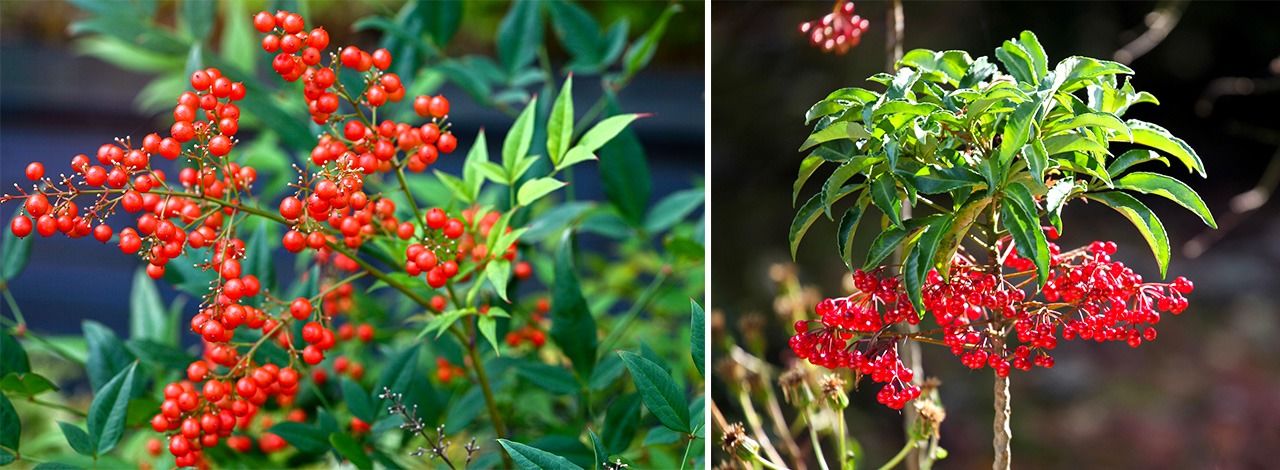
Nanten (heavenly bamboo) (left); manryō (coralberry). (© Pixta)
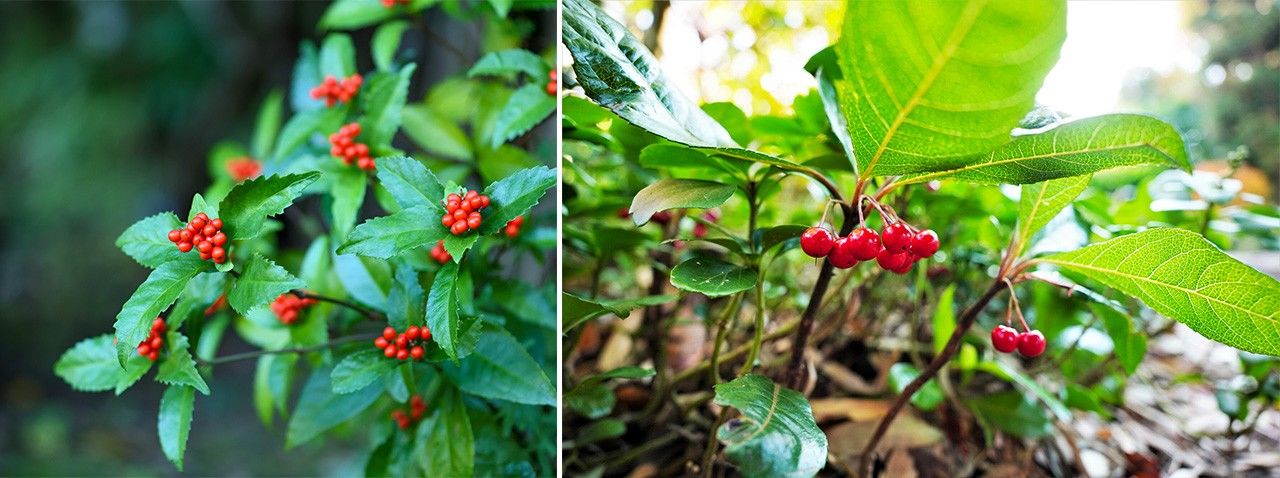
Senryō (glabrous sarcandra herb) (left); hyakuryō (Japanese holly). (© Pixta)
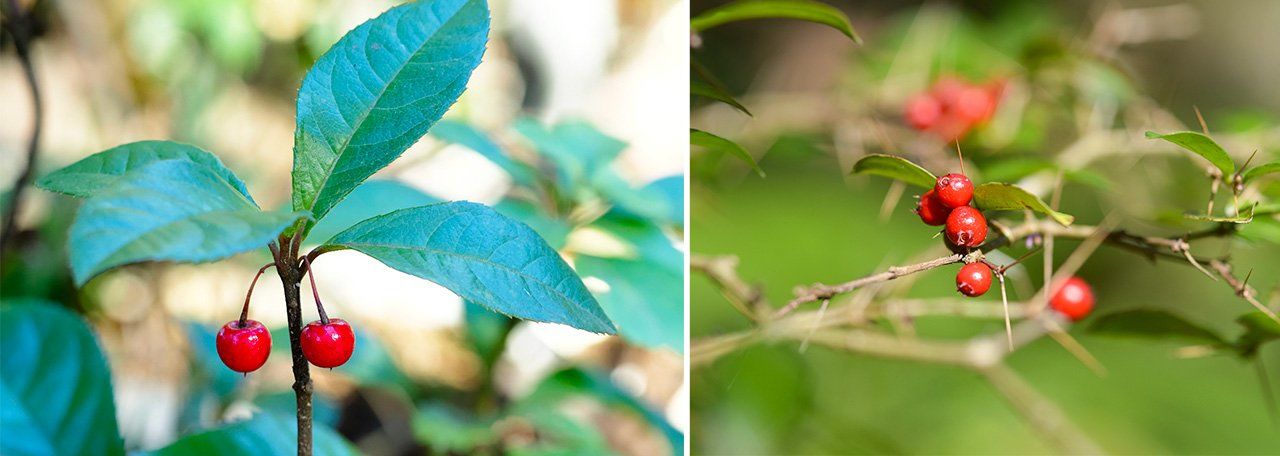
Jūryō (marlberry) (left); ichiryō (Indian damnacanthus). (© Pixta)
Mikan (Mandarins)
Mikan are easy-to-peel Satsuma mandarins, rich in vitamin C. They are thought to have come from China in the early Edo period. They are also popular in other countries, where they are sometimes known as satsumas. It is said that, early in the Meiji era (1868–1912), the wife of a member of the American diplomatic mission to Japan obtained mikan seedlings in Satsuma Province (modern day Kagoshima Prefecture), whereby the fruit got this particular name.
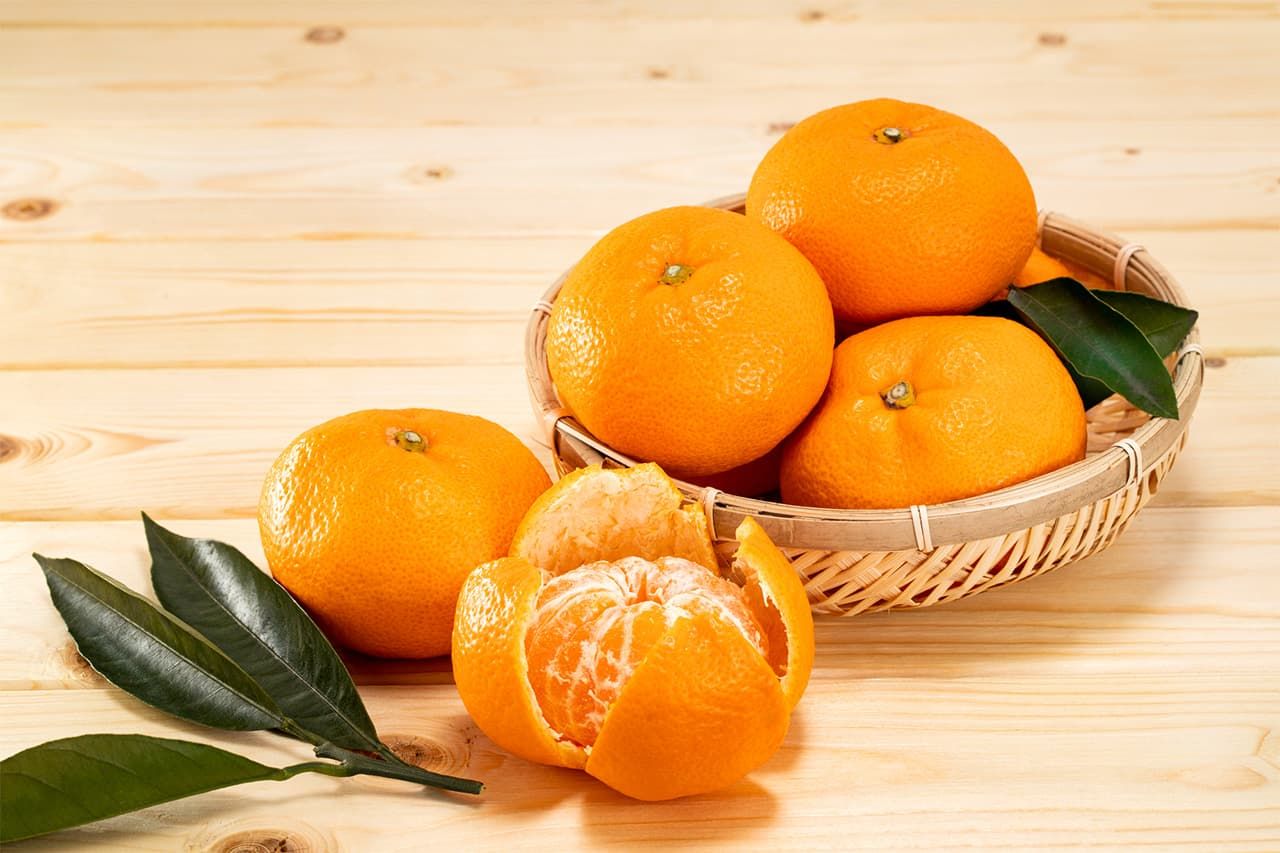
Easy-to-peel mikan mandarins. (© Pixta)
Cod
Pacific cod and Alaska pollock are two varieties of cod caught in Japanese coastal waters. Because Pacific cod has a more pungent umami taste, it is ideal in hot pots, sweet nitsuke with soy sauce and mirin, meunière, or crumbed and fried. Alaska pollock has watery flesh, so it is used in boiled fish-paste products such as kamaboko and chikuwa. Alaska pollock roe is salted to create tarako, often served at New Year due to its association with good fortune.

Pacific cod fillets (left) and chikuwa made from Alaska pollock. (© Pixta)
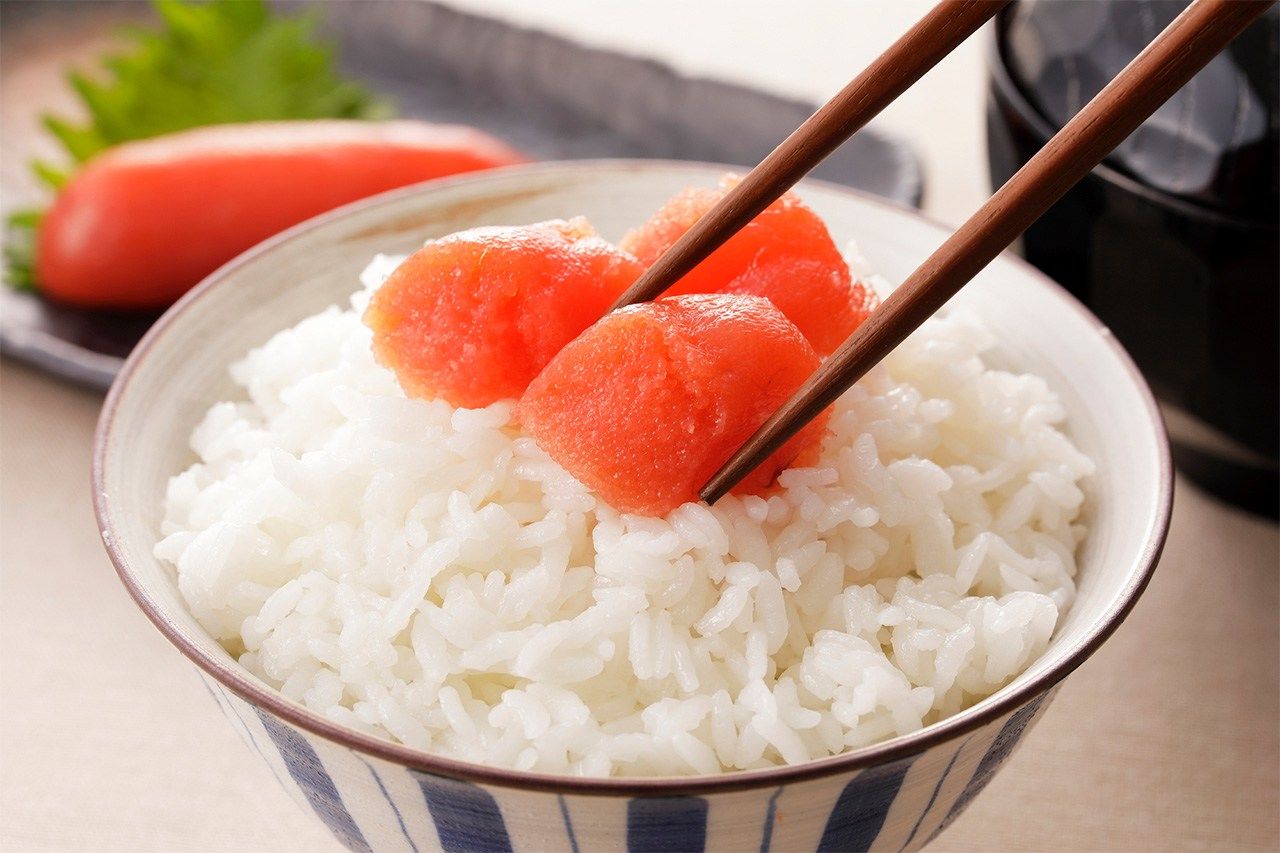
Steamed rice topped with salty tarako. (© Pixta)
(Supervised by Inoue Shōei, calendar researcher and author, Shintō minister, and guest lecturer at Tōhoku Fukushi University. Banner photo: Lingering leaves on a cherry tree.)
